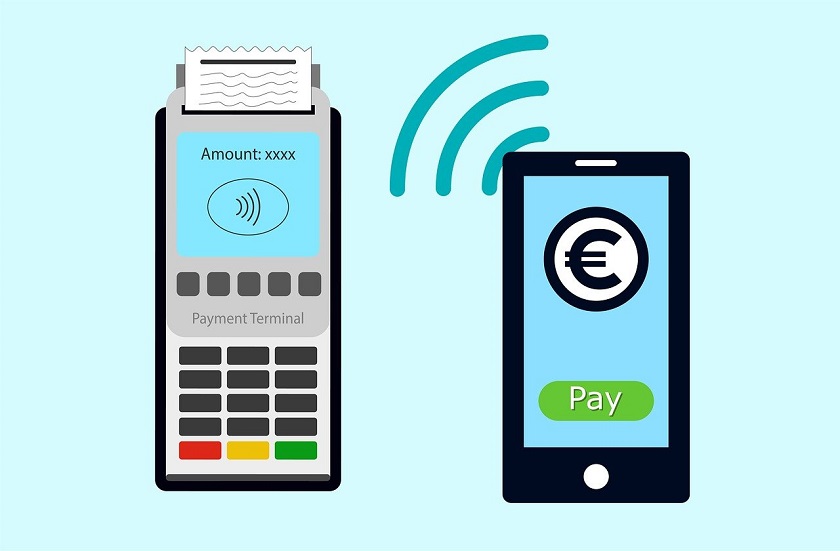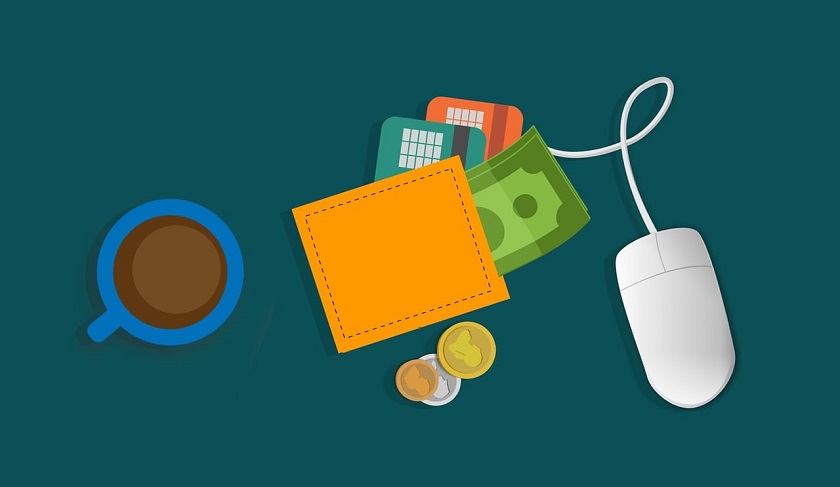The Evolution and Future of Wire Transfers in the Digital Era
Author:XTransfer2024-06-25
A Brief Overview of the Traditional Wire Transfer System
Wire transfers have long stood as a cornerstone of global financial transactions, enabling individuals and businesses to send money across distances swiftly and securely. Traditionally, this process involves a direct bank-to-bank transfer of funds, which can be initiated in person at a bank branch or, more recently, through online banking platforms.
The system relies on networks like SWIFT to facilitate international transfers, ensuring that funds move from one account to another with reliability and precision. Despite its efficiency, the traditional wire transfer system often entails processing fees, requires recipient banking details, and can take several business days to complete, especially for international transactions.
The Rise of Digital and Contactless Payments
Shift towards Digital Payment Methods
The global pandemic has undeniably accelerated the shift towards digital and contactless payment methods, reshaping the financial landscape profoundly. As the world grappled with COVID-19, the need for safe, secure, and convenient transaction methods became paramount, leading to a significant surge in the adoption of digital payment solutions, including wire transfers. This transition was not merely a temporary adjustment but a pivotal shift highlighting digital financial transactions' efficiency and security over traditional methods.

The onset of COVID-19 promoted the widespread use of digital payment methods. With lockdowns and social distancing measures in place, consumers and businesses alike sought alternatives to cash and in-person banking, which posed health risks and logistical challenges. The pandemic underscored the limitations of traditional financial systems and propelled the demand for digital solutions that could facilitate seamless transactions without physical contact. Wire transfers, once a domain primarily of international business transactions, saw increased usage for a broader range of payments, reflecting the growing preference for digital over physical money exchanges.
Role of Instant Payments and Open Banking
Instant payment technology, for instance, has revolutionized the speed at which money can be transferred, reducing transaction times from days to seconds. This immediacy has made wire transfers an attractive option for personal and business transactions, ensuring that funds are available almost instantaneously, which is particularly valuable in time-sensitive situations.
Open banking has further enhanced the convenience of wire transfers by fostering a more interconnected financial ecosystem. By allowing third-party developers to access economic data through banking APIs, open banking has created innovative payment solutions that offer consumers greater control and flexibility over their finances. This has made wire transfers more user-friendly, with features like simplified authentication processes, enhanced transaction visibility, and personalized financial management tools. Open banking has made wire transfers more convenient and tailored to individual user needs, promoting a more inclusive and efficient financial landscape.
In conclusion, the rise of digital and contactless payments, accelerated by the COVID-19 pandemic, marks a significant evolution in how financial transactions are conducted. Integrating technologies like instant payments and open banking into the wire transfer process has transformed these transactions from cumbersome and time-consuming tasks into convenient, secure, and instantaneous exchanges. This shift not only reflects the financial sector's adaptability in the face of global challenges but also signifies a broader move towards a more digital, connected, and user-centric financial ecosystem.
Mobile Money Transfers: A New Era
Popularity of Mobile Apps and Electronic Payment Platforms for Wire Transfers
Mobile money transfers are revolutionizing the wire transfer industry, offering a secure, compliant, and user-friendly alternative to traditional methods. The rise of mobile apps and electronic payment platforms has made international money transfers faster, more convenient, and accessible to a wider audience. One of the key benefits of mobile money transfers is their enhanced security features. These platforms employ encryption technology to protect sensitive financial information, making it difficult for unauthorized individuals to access user data. Additionally, they often require authentication methods like PIN codes, biometrics, or two-factor authentication (2FA) to ensure that only the rightful owner can authorize transactions. Mobile money transfer apps are particularly popular in the real estate industry, where they are used for secure and compliant transactions like earnest money deposits or cash-to-close payments on refinances. By leveraging these platforms, real estate professionals can streamline the transfer process, reduce the risk of check fraud, and provide a better experience for their clients.

Advantages and Growth of Mobile Money Transfers
A significant advantage of mobile money transfers is their ease of use. These apps offer user-friendly interfaces, often in native languages, making financial management more accessible and intuitive for everyone. Transactions are lightning-fast, eliminating the need for traditional banking's time-consuming procedures. Users can access their funds around the clock, regardless of time zones, and enjoy global accessibility, simplifying international money transfers and eliminating the complexities of cross-border transactions.
Mobile money transfer apps also provide enhanced financial management tools like transaction tracking, budgeting assistance, and real-time balance monitoring. These features give users a deeper understanding of their money, making it easier for them to make smart financial decisions and work towards their savings goals. Mobile money transfers are poised to continue their rapid growth as the world becomes increasingly digital.
By 2026, the number of global digital wallet users is expected to grow by 53% to reach 5.2 billion, over 60% of the population. This trend highlights the widespread adoption and the potential for mobile money transfers to reshape how we manage finances and conduct transactions in the future.
Significant Shifts in Wire Transfer Technologies and Methods
Digitalization and Cloud Computing: The shift towards digitalization and cloud computing has enabled the development of more efficient and scalable wire transfer systems. This includes the adoption of cloud-based platforms and Software as a Service (SaaS) models for wire processing.
APIs and Integration: The use of Application Program Interfaces (APIs) has improved connectivity between corporate ERP systems and banks, enhancing the efficiency of wire transfer processing.
AI and Automation: The integration of artificial intelligence and automation has improved the accuracy and speed of wire transfer processing, reducing the need for manual intervention.
ISO 20022 Standard: The migration to the ISO 20022 standard for wire transfers has improved the efficiency and security of transactions, enabling faster and more reliable processing.
FedNow Instant Payments: The introduction of FedNow instant payments has further accelerated the speed of wire transfers, enabling real-time transactions.
Remittance Information: The inclusion of remittance information with wire transfer payments has improved the efficiency of the process, enabling better reconciliation and posting of electronic payments.
Straight-Through Processing: The adoption of straight-through processing (STP) has reduced the need for manual intervention, improving the speed and efficiency of wire transfer processing.
Shaping the Future of Global Money Transfers
Increased Speed: The adoption of instant payments and cloud-based platforms has significantly reduced the time it takes to process wire transfers, making them faster and more efficient.
Improved Security: Integration of Artificial Intelligence and automation has improved the security of wire transfer processing, reducing the risk of mistakes and unauthorized transaction.

Improved Convenience: The inclusion of remittance information and straight-through processing has improved the convenience of wire transfer processing, enabling better reconciliation and posting of electronic payments.
Increased Adoption: The advancements in wire transfer technologies and methods are driving increased adoption of electronic payments, particularly among larger firms that can benefit from the efficiencies and cost savings.
Global Reach: The adoption of cloud-based platforms and SaaS models has enabled wire transfer processing to be accessible globally, making it easier for businesses to conduct international transactions.
Increased Competition: The advancements in wire transfer technologies and methods are driving increased competition among financial institutions, leading to improved services and lower costs for customers.
In summary, the significant shifts in wire transfer technologies and methods are transforming the way money is transferred globally, emphasizing speed, security, and convenience. These advancements are driving increased adoption, improved services, and lower costs, shaping the future of global money transfers.
Conclusion
The evolution of wire transfers reflects a shift to more efficient and secure financial transactions. Digital advancements and contactless methods, accelerated by the pandemic, have led to faster, more secure, and convenient payments. Integration of AI, automation, and cloud computing is revolutionizing global wire transfers, improving speed, security, and efficiency. The future will see increased speed, security, and convenience, reshaping the global financial landscape and driving a more connected and efficient payment ecosystem. Wire transfers will play a pivotal role in facilitating seamless, secure, and cost-effective transactions for individuals and businesses worldwide.